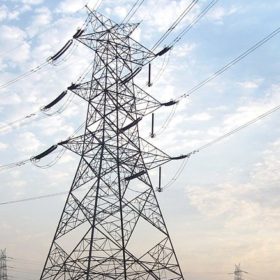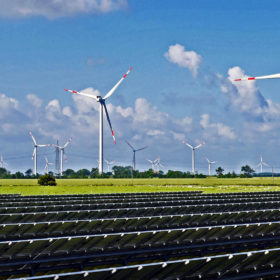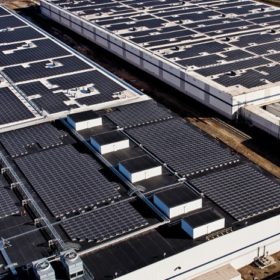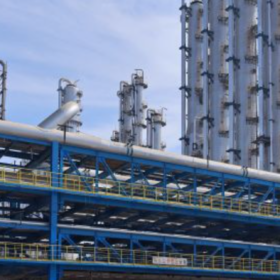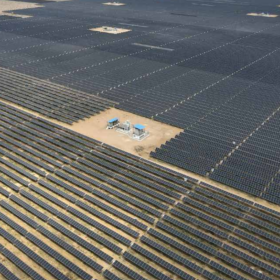Sterlite Power acquires Kishtwar transmission project in J&K
The project comprises a 400/132 kV gas-insulated substation at Kishtwar and a 400 kV Kishenpur-Dulhasti line-in line-out transmission line.
No funding for new coal in 2021
The renewable energy sector (solar and wind) recorded project finance deals worth INR 33,893 crore ($4,598 million) in 2021. No new project finance for coal was reported.
Panasonic unveils vehicle-to-home system for PV-powered homes
Panasonic claims that its new vehicle-to-home system can increase the self-consumption rate of residential solar and storage capacity to 90%.
Jindal Stainless signs 300 MW wind-solar PPA with ReNew Power
The stainless-steel manufacturer has selected ReNew Power to develop a utility-scale wind-solar project for its self-consumption.
REC arm tenders 1.25 GW of ISTS solar projects
REC Power Development and Consultancy Ltd has invited global bids to develop 1.25 GW of solar projects on a build-own-operate basis in India. Bidding closes on December 26.
Perovskites and microgrooves can revolutionize solar
Ambitious targets for solar energy generation present challenges to an industry keen to explore new avenues for solar production. Neil Spann, chief executive of UK thin film solar manufacturer Power Roll, describes a commercial solution to the problems of over reliance on silicon solar modules.
Amazon announces wind-solar hybrid projects in India
The two hybrid wind-solar projects, located in Madhya Pradesh and Karnataka, represent 300 MW of renewable energy capacity combined.
Brookfield and Amazon Web Service sign renewable energy, Cloud deal
The global renewables investor has selected Amazon Web Service as a preferred cloud provider to gain business insights, improve workplace safety, and automate hydroelectric, wind, and solar operations. In return, it has agreed to provide clean power for Amazon’s operations in Europe, North America, and India.
How Indian businesses are growing with ESG
Today, following the ESG (environmental, social and governance) mandate is more than just ticking off a box in the compliance checklist. It is taking ownership of the consequences of the businesses and working towards creating a positive impact by partnering with the right groups.
GAIL tenders 600 MW solar project in Gujarat
The state-owned natural gas company has started accepting domestic bids to install and commission 600 MW (AC) of solar capacity at Khavda Ultra Mega Solar Park. The prospective contractor will also provide ten years of comprehensive operation and maintenance for the PV plant.
